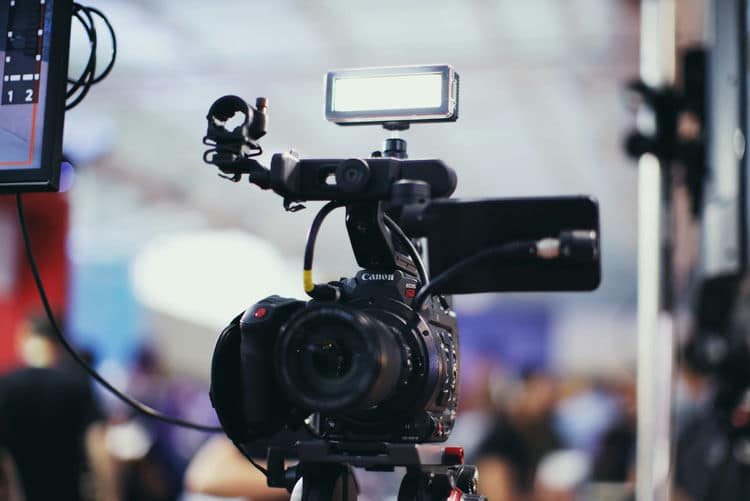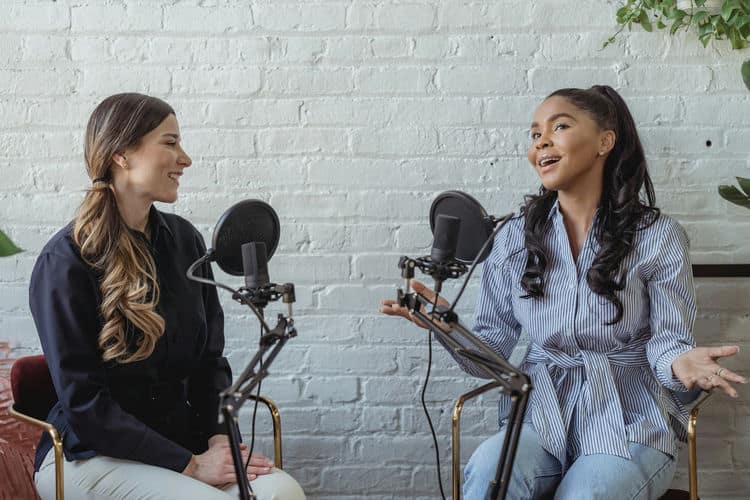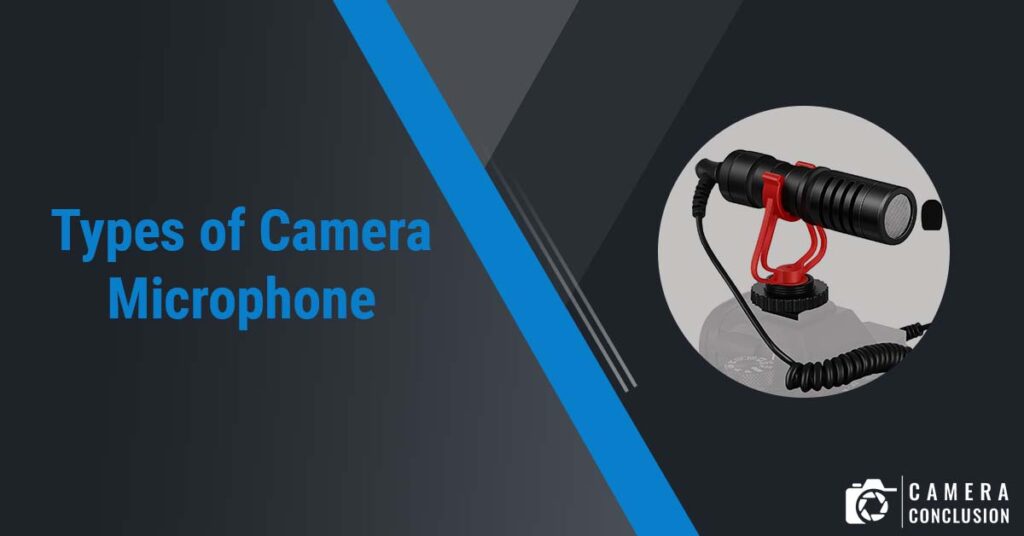Index
Camera microphones are an essential component for capturing high-quality audio while recording videos with a camera. A good camera microphone can make all the difference in the audio quality of a video, whether it’s a vlog, a short film, or a documentary.
However, with so many types of camera microphones available in the market, it can be challenging to choose the right one for your needs. In this article, we will explore the different types of camera microphones and their features to help you make an informed decision about which one to use for your next video project.
Whether you’re a professional videographer or a content creator, understanding the various types of camera microphones will help you capture clear and crisp audio to accompany your visual content.
Built-in Camera Microphone
The built-in camera microphone is the most basic type of microphone found in cameras. As the name suggests, it is built into the camera body and captures audio from the surroundings.
While it is a convenient option as it eliminates the need for an external microphone, the audio quality is often poor due to its location and size. Built-in microphones are often too small to capture audio accurately and are susceptible to picking up unwanted noise from the camera’s motor, handling, or wind. They may also be affected by the camera’s autofocus mechanism or other internal sounds.
As a result, built-in camera microphones are suitable for casual video recordings where audio quality is not a priority. They may be suitable for capturing audio in an environment with low ambient noise, such as a quiet indoor setting. However, for more professional video projects where high-quality audio is crucial, an external microphone is typically necessary.

Shotgun Microphone
One type of camera microphone is called a shotgun microphone. A shotgun microphone is a long, directional microphone that is designed to capture sound primarily from the direction it is pointed in.
These microphones are often used in film and television production, as well as for recording interviews or podcasts. They are popular because they can isolate sound sources from a distance, which can help to reduce unwanted background noise.
Another type of camera microphone is a lavalier microphone. Lavalier microphones are small, clip-on microphones that are often used in situations where the microphone needs to be hidden or when the person speaking needs to move around freely. They are commonly used in news broadcasting, talk shows, and live events.
A third type of camera microphone is a handheld microphone. Handheld microphones are the type that you typically see used by news reporters or interviewers.
They are held in the hand and can be pointed at the person speaking to capture their voice. Handheld microphones are also commonly used for live performances, such as concerts or comedy shows.
There are many other types of microphones that can be used with cameras, but these are some of the most common. The type of microphone that is best for you will depend on your specific needs and the type of recording you are doing.
Lavalier Microphone
A lavalier microphone, also known as a lapel microphone, is a small microphone that is typically clipped onto the clothing of the person speaking. They are commonly used in television broadcasting, film production, and live events, as they can be discreetly hidden and do not require the person to hold or handle the microphone.
Lavalier microphones are omnidirectional, which means they can pick up sound from all directions. This can be both an advantage and a disadvantage, depending on the recording situation.
On the one hand, it means that the microphone can pick up sound from the person speaking even if they turn their head or move around. On the other hand, it also means that the microphone can pick up unwanted background noise, such as rustling clothing or ambient noise in the room.
Lavalier microphones are powered by batteries or by the camera or recording device they are connected to. They typically come with a clip or a lapel pin that allows them to be attached to clothing, and they may also come with a windscreen or a pop filter to reduce unwanted noise.
USB Microphone
A USB microphone is a type of camera microphone that connects directly to a computer or recording device using a USB cable. This allows for easy plug-and-play use without the need for additional equipment or complicated setups.
USB microphones come in a variety of shapes and sizes, from handheld microphones to desktop microphones and even some that can be mounted on a camera. They are often used for podcasting, gaming, live streaming, and voiceover work.
One advantage of USB microphones is that they can often provide higher quality sound than the built-in microphones on a computer or laptop. They can also offer features such as built-in headphone jacks for monitoring and adjustable gain controls for fine-tuning the recording level.
However, USB microphones may not be the best choice for recording in noisy environments, as they are typically designed for use in a controlled recording space. Additionally, some USB microphones may not be as versatile as other types of camera microphones, as they require a computer or other recording device to function.

Wireless Microphone
A wireless microphone is a type of camera microphone that uses radio frequency (RF) or infrared (IR) technology to transmit audio signals from the microphone to a receiver unit. This allows the person speaking to move around freely without being tethered to the recording device or camera by a cable.
Wireless microphones come in a variety of styles, including handheld microphones, lavalier microphones, and headset microphones. They are often used in live events, stage productions, and film and television production, as they allow for greater flexibility and mobility when recording audio.
One advantage of wireless microphones is that they can provide high-quality sound without the need for cables, which can be a tripping hazard or get in the way of movement. Additionally, wireless microphones can be used to record audio from a distance, making them useful for capturing audio in large spaces or outdoor environments.
However, wireless microphones may be more susceptible to interference from other wireless devices, such as Wi-Fi routers or other wireless microphones operating on the same frequency. They also require batteries, which may need to be replaced frequently depending on usage.
FAQs
Conclusion
In conclusion, there are several types of camera microphones available, each with its own advantages and disadvantages. Shotgun microphones are often used for directional recording and are ideal for capturing audio from a specific source.
Lavalier microphones are small and discreet, making them a popular choice for interviews and other on-camera situations. USB microphones are convenient and easy to use, while wireless microphones offer greater mobility and flexibility when recording audio.
When choosing a microphone, it’s important to consider factors such as the type of recording you will be doing, the environment you will be recording in, and your budget. Reading reviews and comparing specifications can also help you make an informed decision.
No matter which type of camera microphone you choose, proper positioning and use can help you achieve the best possible sound quality. With the right microphone and recording techniques, you can capture high-quality audio to enhance your video content and make your recordings stand out.
